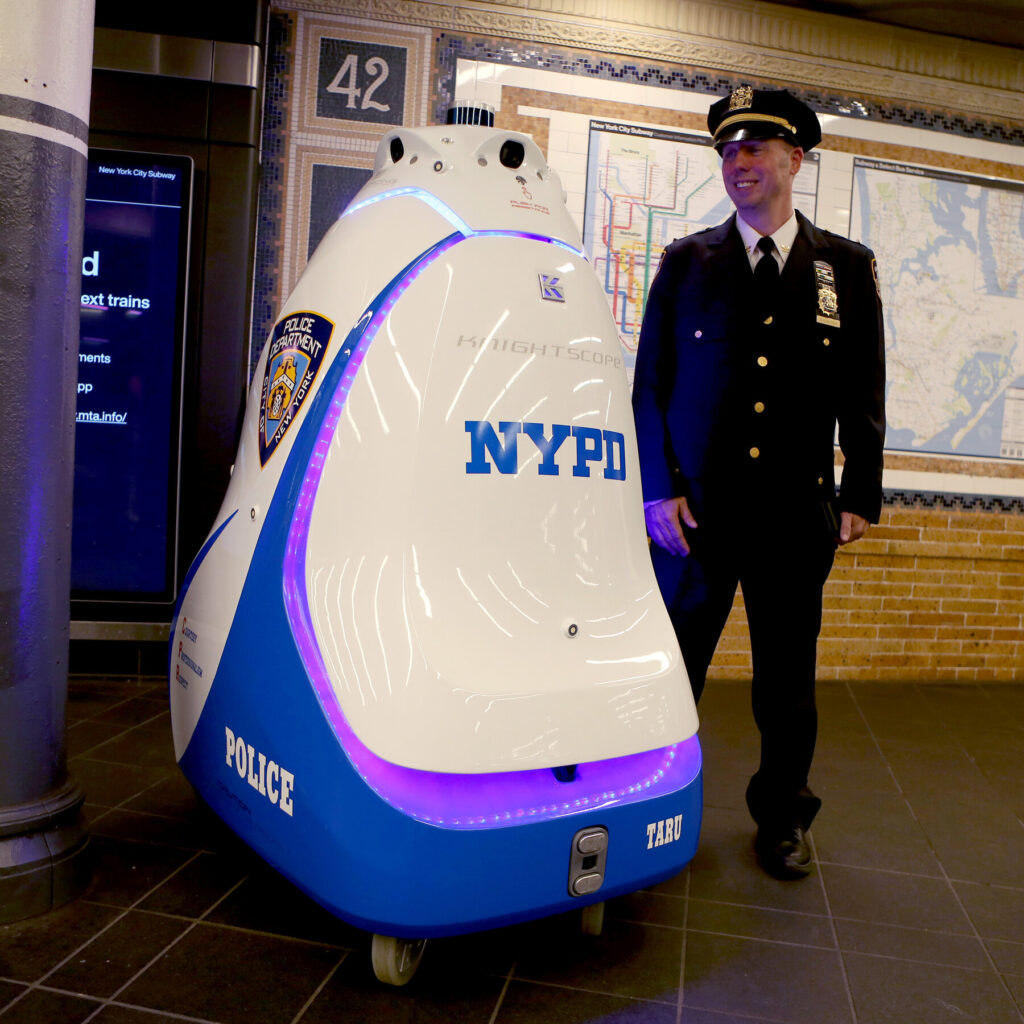
Introduction: The Experiment with Robot Law Enforcement
In a bold attempt to combat crime, the city of New York (NYC) embarked on an innovative initiative, replacing human police officers with cutting-edge robots. Let’s delve into the journey of this experiment, exploring the real numbers and data behind its rise and ultimate failure.
1. The Promise of Robot Policing
- Proponents of the initiative touted the efficiency and objectivity of robot police officers, free from human biases and errors.
- The deployment of robots was expected to reduce crime rates and enhance public safety across the city.
2. Initial Success and Optimism
- In the early stages, the use of robot police officers showed promising results, with some areas experiencing a decline in crime rates.
- Public perception of the initiative was generally positive, with many residents expressing optimism about the potential of technology to improve law enforcement.
3. Escalating Challenges and Limitations
- Despite initial success, the robot police force soon faced escalating challenges and limitations.
- Data from the NYC Police Department (NYPD) revealed an increase in certain types of crime, including theft and vandalism, in areas patrolled by robots.
4. Technical Glitches and Malfunctions
- The reliance on technology proved to be a double-edged sword, as robot police officers encountered technical glitches and malfunctions.
- Instances of robots malfunctioning or misinterpreting situations led to public safety concerns and eroded trust in the initiative.
5. Lack of Human Judgment and Empathy
- One of the critical flaws of the robot police force was the absence of human judgment and empathy in law enforcement interactions.
- Without the ability to assess nuanced situations or exercise discretion, robots struggled to effectively navigate complex social dynamics and respond appropriately to emergencies.
Conclusion: Lessons Learned The experiment with robot police officers in NYC serves as a cautionary tale about the limitations of technology in law enforcement. While innovation is essential for addressing societal challenges, it’s crucial to recognize the importance of human judgment, empathy, and accountability in policing. As NYC reevaluates its approach to public safety, it underscores the need for balanced solutions that leverage technology while preserving the human element in law enforcement.



